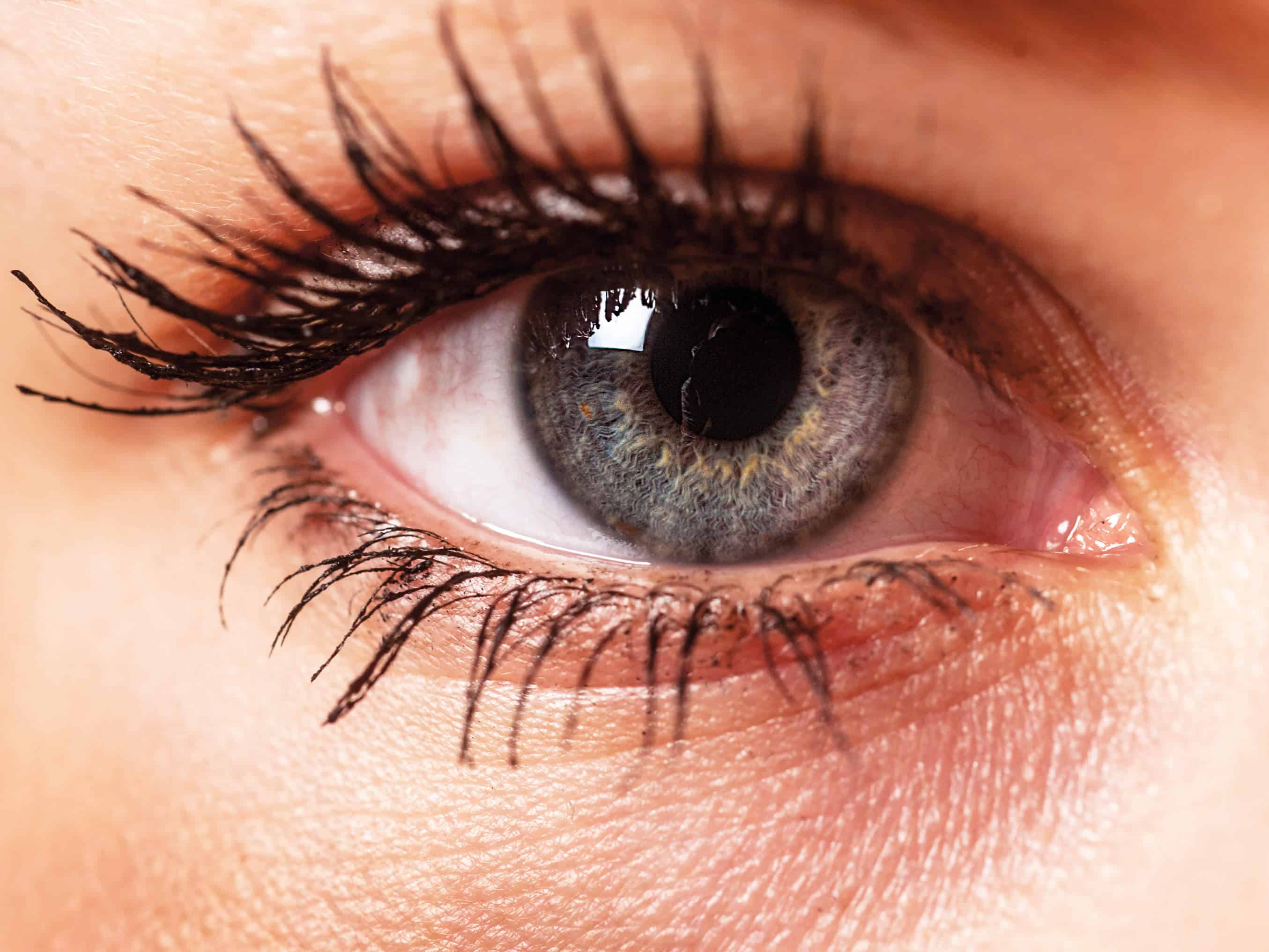FDA Panel Endorses Gene Therapy for Rare Form of Blindness
An experimental Spark Therapeutics gene therapy intended to treat rare eye diseases that lead to blindness has won the unanimous backing of an advisory panel to the FDA.
The Cellular, Tissue and Gene Therapies Advisory Committee voted 16-0 to recommend this new therapy. The FDA usually accepts the recommendations from its advisory committee. If so, this could be the first one time gene therapy approved for an inherited disease condition, creating history.
The panel’s vote followed scientific presentations from Spark and the FDA and testimonies from patients who described the impact of the therapy, such as allowing them for the first time to see the moon and stars, go out with friends at night, and see food on their plate. The agency is due to makes its decision by Jan. 12, 2018.
The therapy, developed by Philadelphia-based Spark Therapeutics, is injected directly into the eye in a one-time treatment. Billions of virus particles deliver a functional copy of the RPE65 gene—which encodes a protein necessary for normal vision and is mutated in patients with certain vision disorders—to the retina.
So far, more than two dozen children and adults with RPE65 mutations have been treated
with Luxturna in the context of clinical trials, and some 93 percent of them have shown improved light sensitivity and functional vision. The effects are long lasting, with improvements continuing for at least four years in some patients that have been tracked that long.Retinal disease caused by defects to the RPE gene affect between 1,000 and 2,000 people in the United States. Roughly half of those become legally blind by the age of 16 and all are legally blind by the age of 34. Most progress to complete blindness.
Legal blindness refers to people whose vision is 20/200 or less. A person with normal vision can see an object 200 feet away. A legally blind person must stand 20 feet in front of it. People who are completely blind cannot see any light or shapes.
As with any medical treatment, successful gene therapy doesn’t come without risk. Still, this is huge progress toward correcting previously incurable conditions. This treatment and others like it have the potential to transform countless lives in the very near future.






























